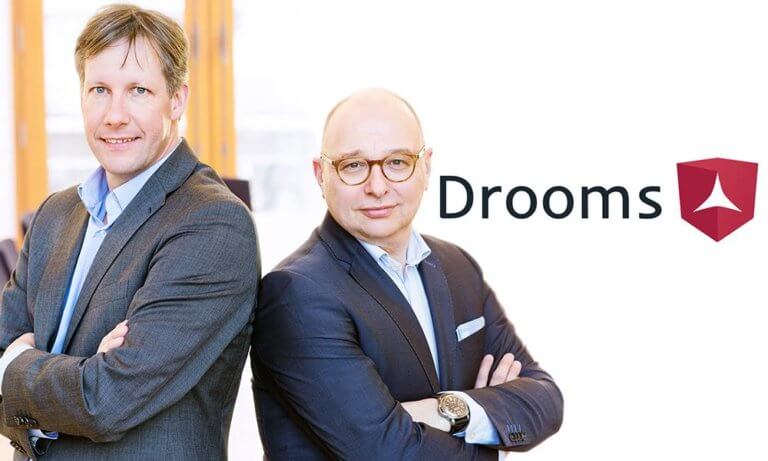SMHCA Capital Advisors, Inc. (SMHCA) is a privately-owned, value-oriented investment manager based in Fort Worth, Texas, specialising in fixed income management. Dwayne Moyers, Morgan Neff, and Daniel Rudnitsky make up the portfolio team.
The firm, which was founded in 1989, has a global clientele, catering to individuals, high net worth individuals, investment companies, pension and profit sharing plans, pooled investment vehicles, charitable organisations, corporations and state or municipal government entities. SMHCA strategies are available directly, through platforms, and as well as through RIA’s.
As of 31 December 2014, SMHCA managed approximately $1bn in total assets.
A key part of the SMHCA offering is managing portfolios of high-yield corporate bonds. Bonds are essentially loans to a company – and that is how SMHCA treats them. “We start our analysis with an asset-based lender mentality,” says Morgan Neff, Vice President & Senior Portfolio Manager. As such, in order to lend money, SMHCA needs to see at least that amount on the company’s balance sheet based on their proprietary analysis.
The firm takes a hands-on approach to its work, says Neff, gaining an understanding of what a company is before dealing with it, learning about its operations, capital deployment and strategic development of the portfolio investments.
The firm uses an active, high conviction discipline for the portfolio construction. SMHCA does not believe that approaching the asset class with a passive index mentality is a better substitute for superb credit research, according to Neff.
And being based in Fort Worth, Texas – a location some 1,500 miles from the financial hub of Wall Street, means the firm occupies a “unique position”, says Neff.
Pursuing high yield
SMHCA offers a number of different strategies, all incorporating to various degrees its high yield approach, using a combination of quantitative, fundamental, and technical analysis to make its investments.
With their primary strategy, SMHCA High Income, portfolios are managed with a target of 100% high yield corporate and convertible bonds, with residual cash. Occasionally, investment grade bonds may be purchased that, while still rated above high yield, are trading as high yield securities in anticipation of downgrades to follow. It is an approach conceived to provide a higher current yield and total return. “The ultimate goal is to generate a high level of income,” Neff says.
The high yield universe is currently comprised of 2,000 or more securities.
Discipline number one of their proprietary investment process targets Credit Risk Reduction. SMHCA conducts financial analysis, looking for inherent value and tangible assets to support the debt, and reduce credit risk. The universe is subsequently reduced to 300-500 securities.
The second discipline is aimed at Maximising Returns for the Risk. SMHCA selects securities that provide an adequate yield over treasuries. SMHCA does this by avoiding overpriced securities and overpriced markets and by looking for the best relative values in the bonds. Thus the universe is reduced to 50-100 securities.
Finally, the third discipline, Reduction of Market Risk, sees the universe reduced to 20-40 securities to be purchased by the SMHCA team.
A diversified approach
A second strategy, the SMHCA Diversified Income Strategy, targets, at time of purchase, 50% investment grade or AAA bonds and 50% high yield bonds, with residual cash. Thus, it aims to provide income and capital appreciation above investment grade indices, with less risk than a pure high yield portfolio.
The strategy is comprised of 50% high yield and 50% AAA bonds – from issuers of the very highest quality, with an exceptional degree of creditworthiness.
SMHCA looks for the highest available coupon for the best price and value, and tries to buy CMOs with an average life of 8 to 11 years based on formulas for pre-paid speed assumptions that are based on market conditions.
It’s what SMHCA calls a “credit barbell approach”. The AAA element – one side of the “barbell”, performs well in “flight to quality” markets, or when the economy is waning. It’s also more sensitive to interest rate movement than high yield, which forms the other side of the strategy. The high yield side performs well in a flat and improving economy. And, due to its shorter duration, and typically higher coupon, it is less sensitive to changes in interest rates. All this makes for a well-balanced strategy.
Challenges and the future
Asked about challenges for the industry, Neff says they include the high volume of money moving in and out of the asset class. ETFs have made it very accessible to investors which can create unnecessary volatility that coincides with investor sentiment about the high yield asset class.
But despite such challenges, the firm is well positioned to continue to generate excellent returns. “Our strategy is designed to produce a high level of income, with the ability to capture additional return through trading gains.” he says.
Their approach has served them well as SMH Capital Advisors has been consistently ranked by Lipper Marketplace as one of the Best Money Managers for their long term results in the Intermediate Fixed Income Category for its Institutional High Yield Composite.























